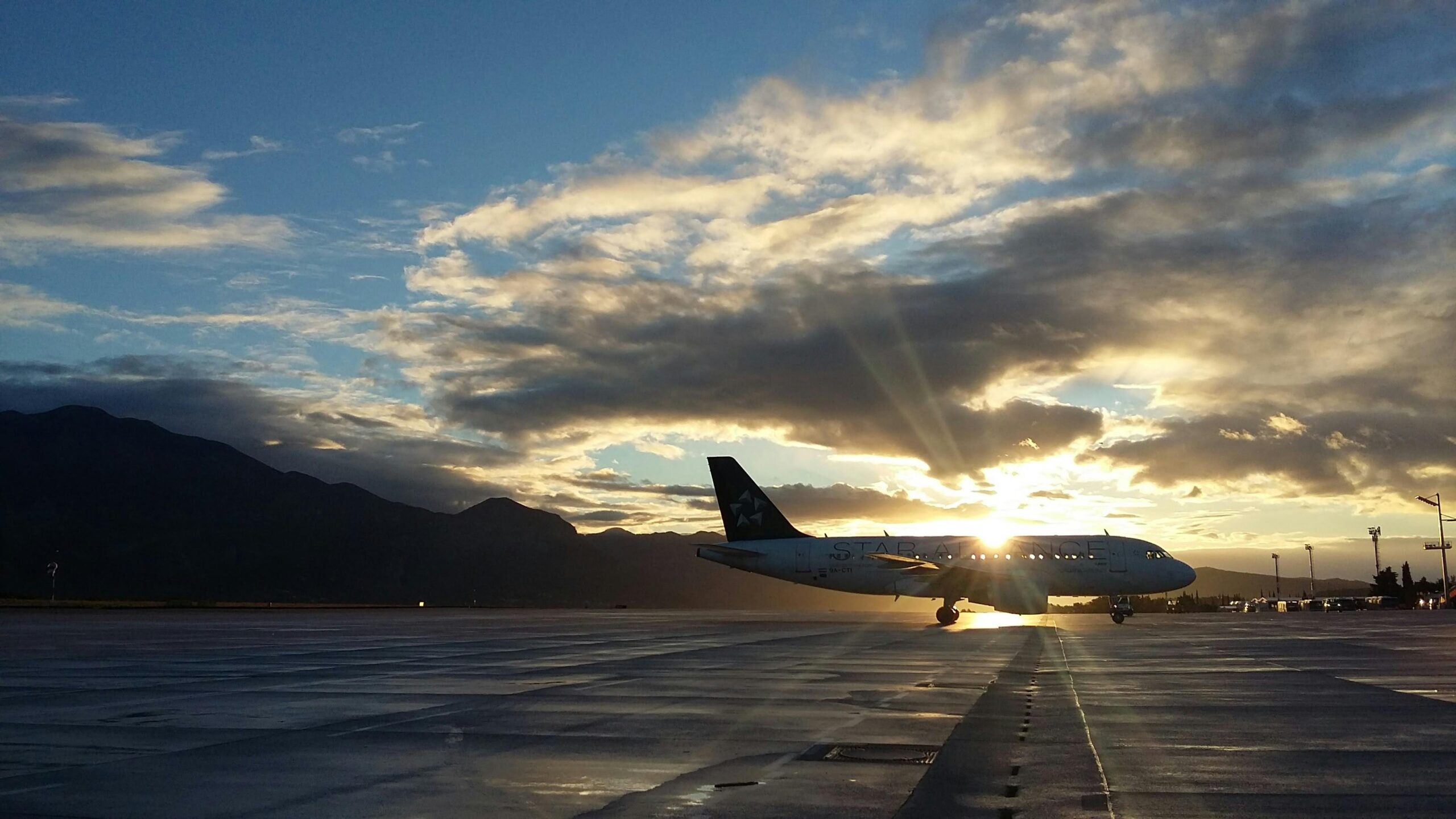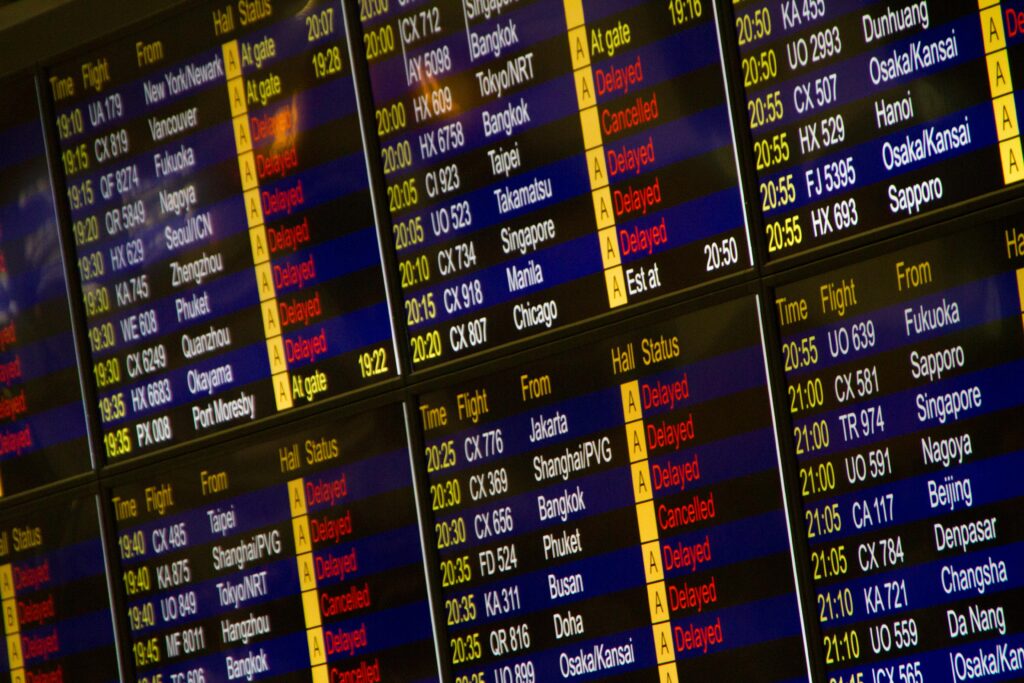
If you’re planning a trip between India and the Middle East anytime soon whether you’re visiting family in Delhi, heading to a wedding in Hyderabad, or flying home to Dubai, you’ll want to take a moment before booking your ticket.
Due to the recent Pahalgam attack, tensions escalated between Indian and Pakistan. While India decided to pull out on IWT, Pakistan responded by closing its airspace to Indian carriers.
Too much politics? But here’s how it impacts travelers!
This political drama impacts you; the traveler sitting on Skyscanner wondering why the direct Delhi–Dubai flight is suddenly 3 hours longer and 40% more expensive.
Let’s break it down and help you think what’s next.
What’s Actually Going On?
Pakistan has officially closed its airspace to Indian flights until at least May 23, 2025. That means Indian airlines like Air India and IndiGo can no longer fly over Pakistan to reach destinations in Europe, North America, and yes, the Middle East.
Here’s where it stings:

On a normal day, over 70 to 100 flights from India use Pakistani airspace, often flying the shortest route west. Now, they’re being rerouted, either over the Arabian Sea, or taking a more complex path through Muscat, Doha, and Chinese airspace.
These workarounds mean longer journeys, higher fuel costs, and yes, more expensive tickets.
The Middle East and Indian Flights Problems: Who’s Feeling It the Most?
The recent India and Pakistan tension and issues regarding Indian flights impacts you if you’re flying to or from:
- Delhi
- Mumbai
- Ahmedabad
- Lucknow
- Goa
…you’re in the hot zone. These cities are heavily dependent on the now-blocked air corridors.
So, if you booked, say, an Abu Dhabi to Delhi flight with IndiGo or Air India, your itinerary may now be 1–3 hours longer than before and your return could include stopovers or strange layovers that weren’t originally there.
And yes, this also affects flights from the Middle East heading to India. Emirates, Etihad, FlyDubai, and others that codeshare with Indian airlines are making changes, too.
Will Flights Get More Expensive?
Short answer: They already have.
With longer flying times and additional fuel needed to make these detours, airlines are now burning more fuel per trip. To stay profitable, many are reducing cargo and passing the cost on to passengers, especially on in-demand routes like Dubai–Delhi or Doha–Mumbai.
Analysts estimate fare hikes anywhere between 8% to 15%, especially on premium travel dates and weekends. It’s not just the seat you’re paying for now—it’s the detour.
Here’s What You Can Do to Travel Smart
Alright, enough of the Indian flights problem. Let’s talk solutions.

1. If you’re flying soon, confirm your route, don’t assume.
Check your airline’s website or app for updated routes. Even if your booking hasn’t changed on paper, flight durations may have. A 3.5-hour flight could now be 5+.
2. Flying from South India? You’re in luck.
Airports like Chennai, Bengaluru, or Hyderabad are less affected by this closure because their flights naturally avoid Pakistani airspace. If you can catch a domestic flight first and depart internationally from the south, you might save both time and money.
3. Consider flying into alternative airports.
If you’re going to North India, look at routes that land in Jaipur, Amritsar, or even Chandigarh via the Middle East. Some of these smaller airports are seeing rerouted flights that aren’t as packed (yet).
4. Go through a Middle East hub smartly.
If you’re flying from India to, say, Europe or the US, consider a two-leg journey with a Middle East hub in between like Doha (Qatar Airways), Muscat (Oman Air), or Abu Dhabi (Etihad).
These hubs still have functioning short-haul links to Indian cities and are often better managed than rerouted direct flights.
5. Watch for flash sales and flexible tickets.
Some carriers will drop prices suddenly to offload delayed or awkwardly-timed flights. Use tools like Google Flights or Skyscanner’s price alert feature to catch good deals when they happen. And always (always!) opt for a flexible ticket or one with easy cancellation/rebooking.
6. Mind your baggage limits.
To make up for longer routes, many airlines are quietly reducing cargo capacity. Don’t be surprised if your checked baggage allowance is slightly altered, check in advance and pack smart.
What If You’ve Already Booked One of the Affected Indian Flights?
Don’t panic yet! If you have booked one of the affected Indian flights, there still things you can do. If you booked directly with an Indian airline like IndiGo or Air India:

- You’re entitled to rerouting at no extra cost (if the flight path changes).
- If your new travel time doesn’t work for you, request a free rescheduling or refund. Many carriers are offering more lenient policies because of the situation.
- Flights codeshared with Gulf airlines (like Emirates + Air India) may have more complex rebooking so contact customer service early.
Final Thoughts
Tensions come and go, but the skies don’t lie, they’ll show you exactly where the world is tilting. While this airspace closure is temporary, the effects are immediate. So, if you’re traveling between India and the Middle East, stay flexible, stay informed, and don’t be afraid to explore creative routes that work best for you.
Safe skies, always.
Last Reviewed: 25 April 2025
Planning a trip soon?
Bookmark this guide or share it with someone flying to India from the Middle East. We’ll keep updating as things evolve, because in times like these, smart travel starts with staying informed.



